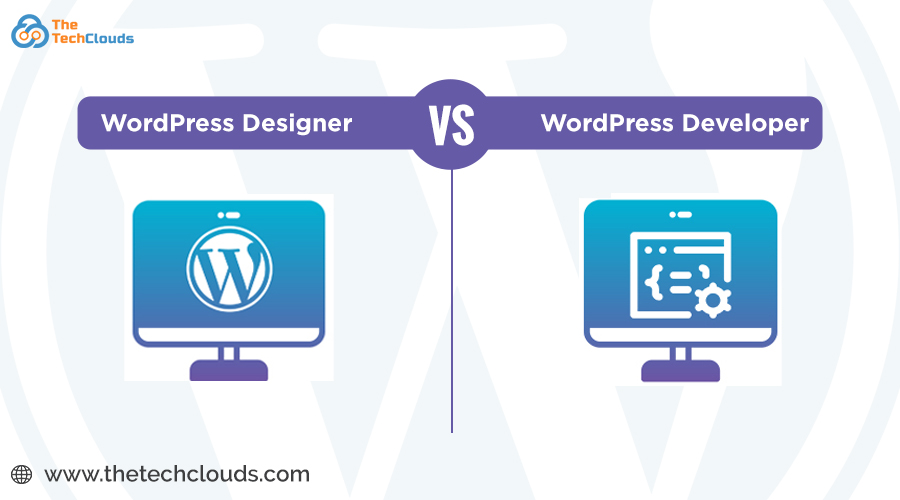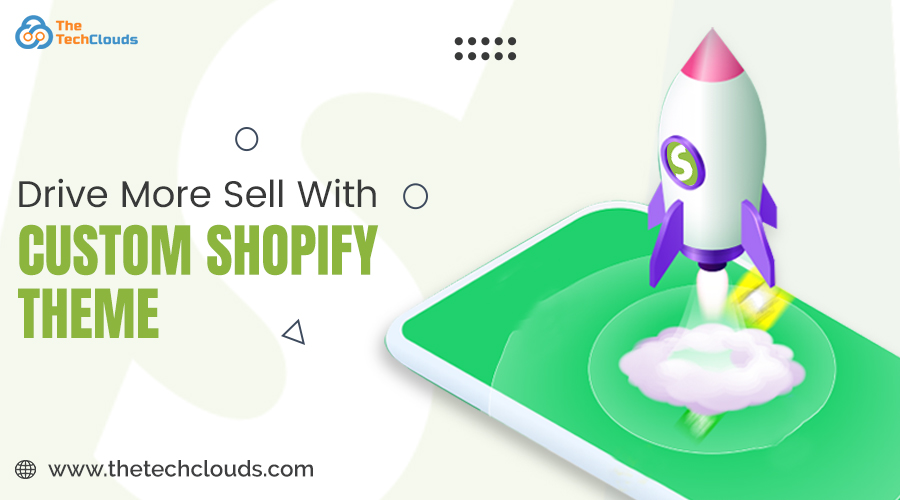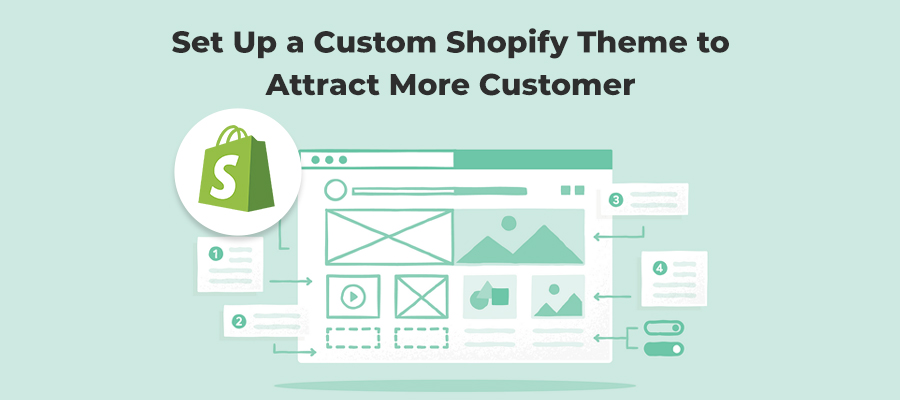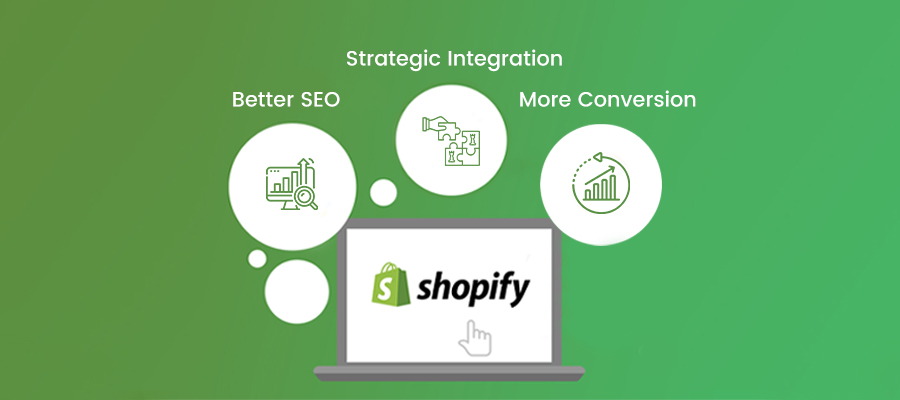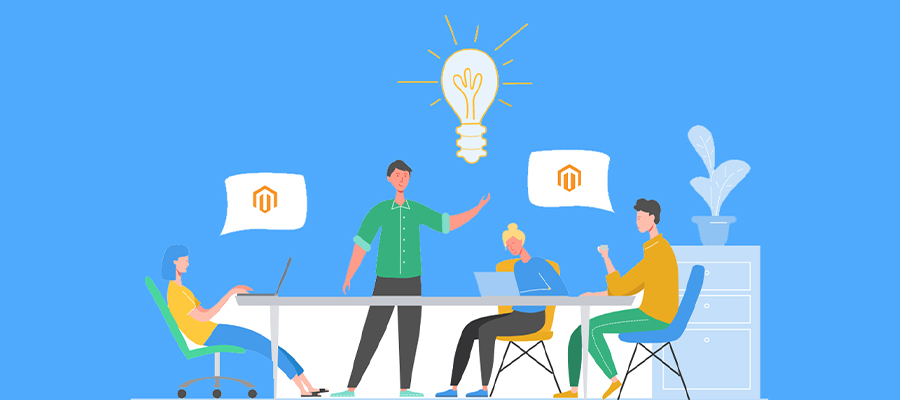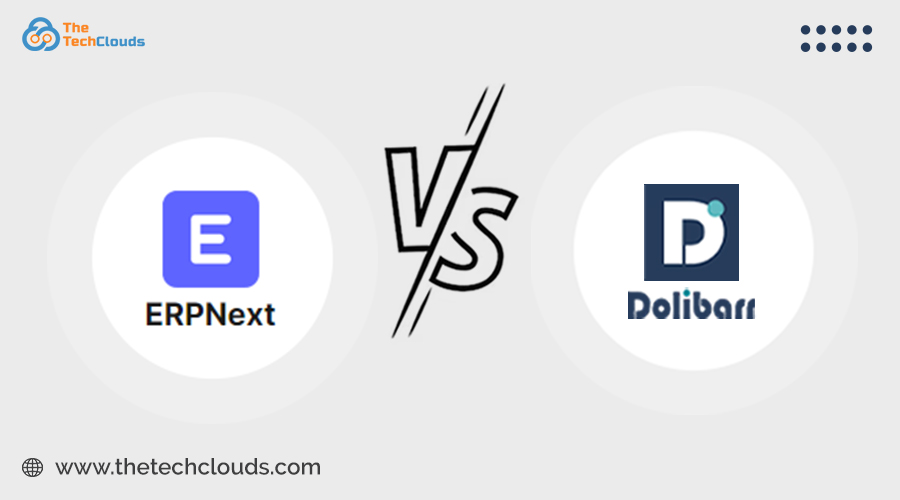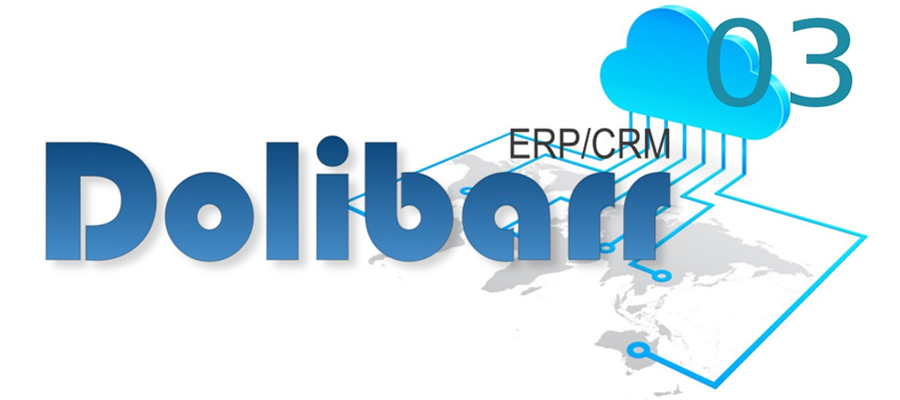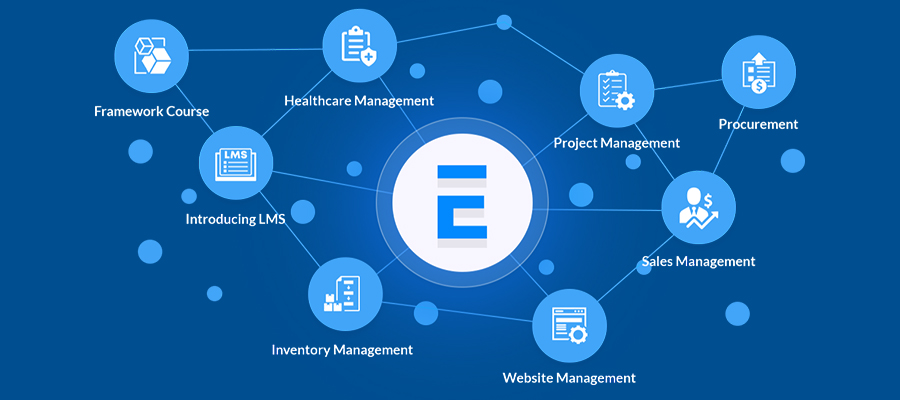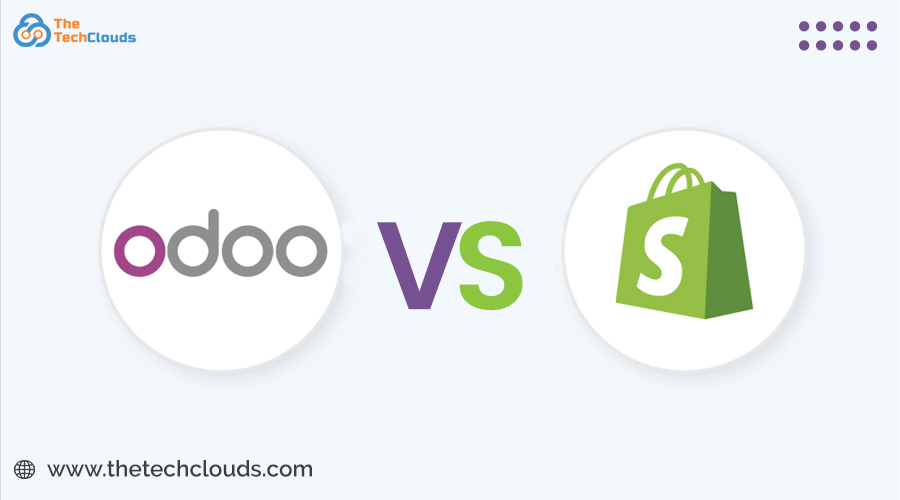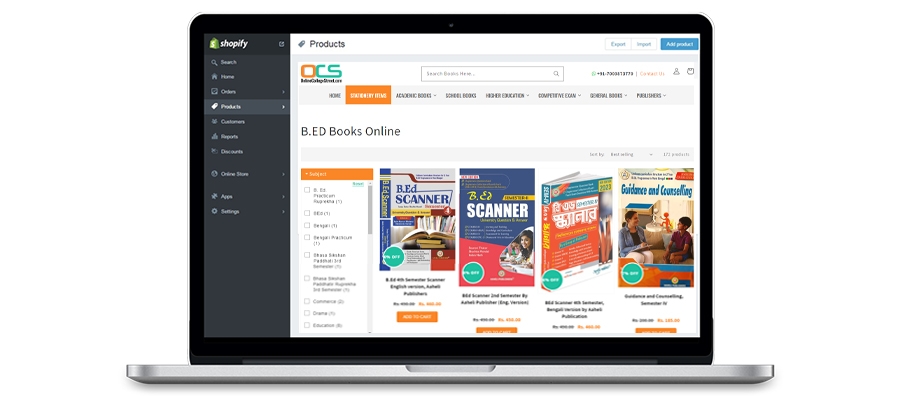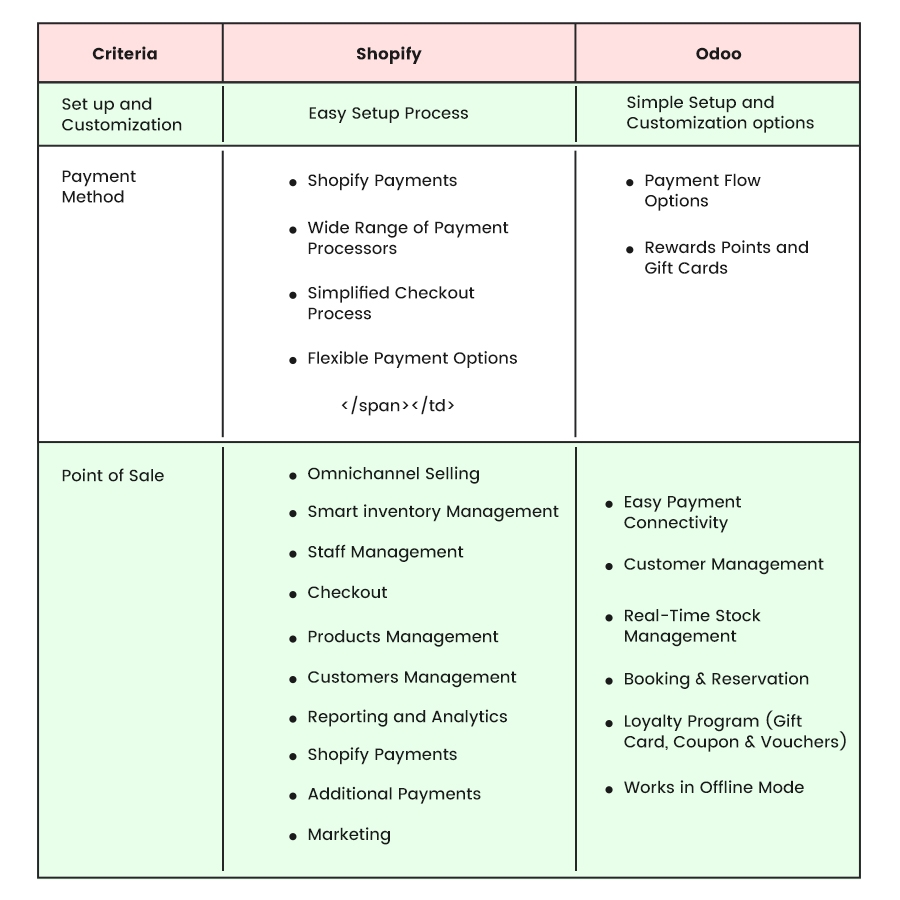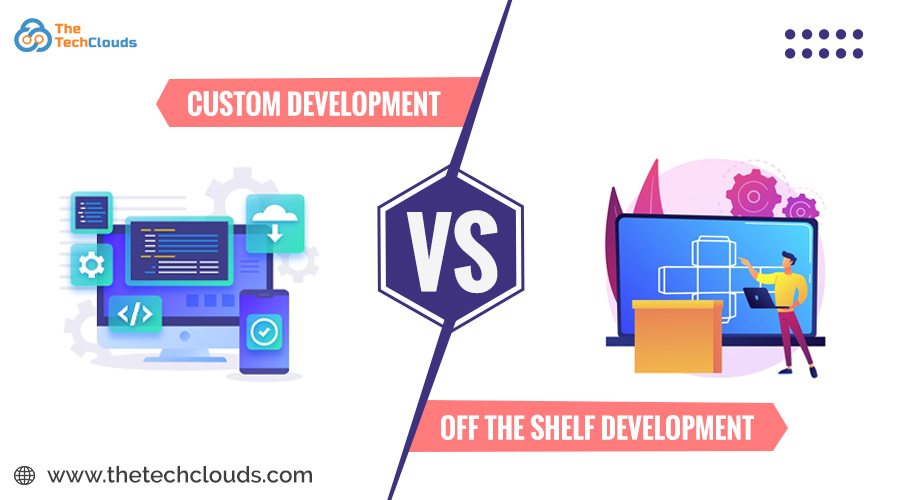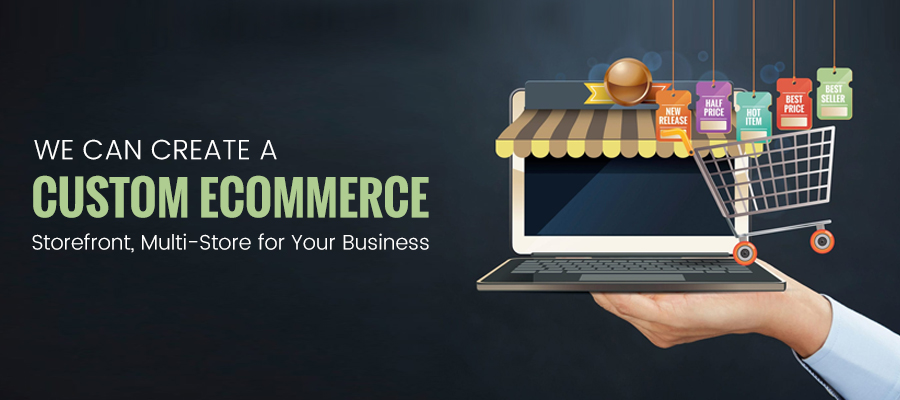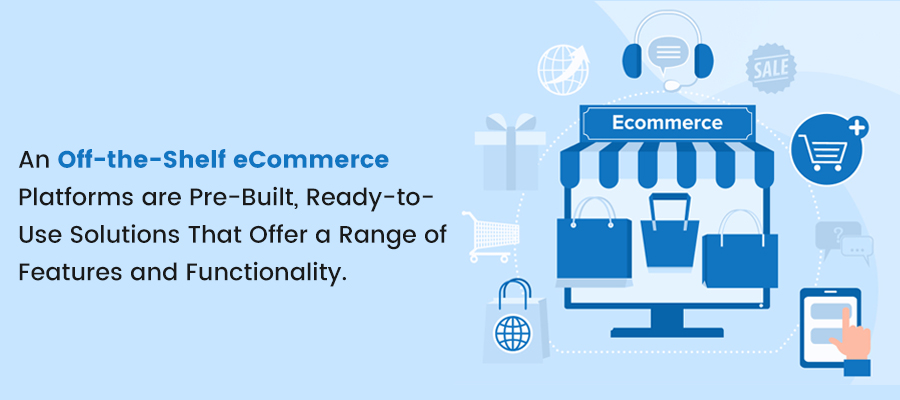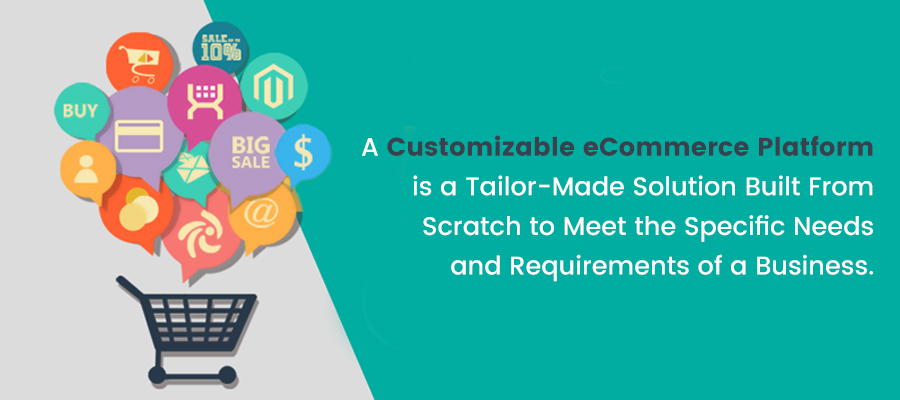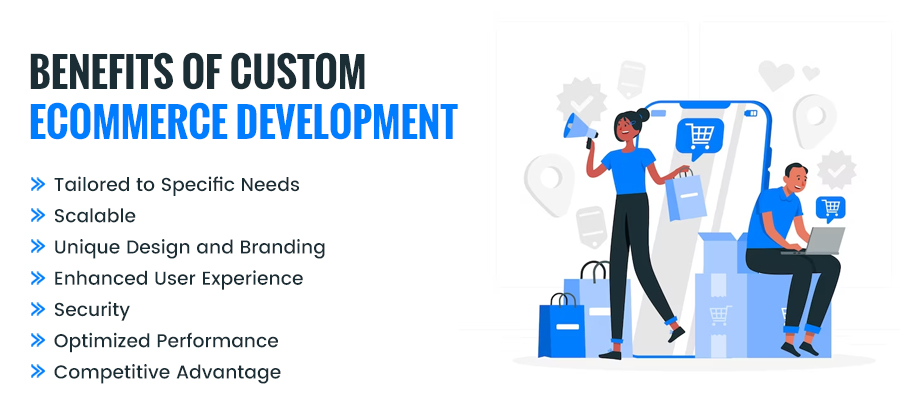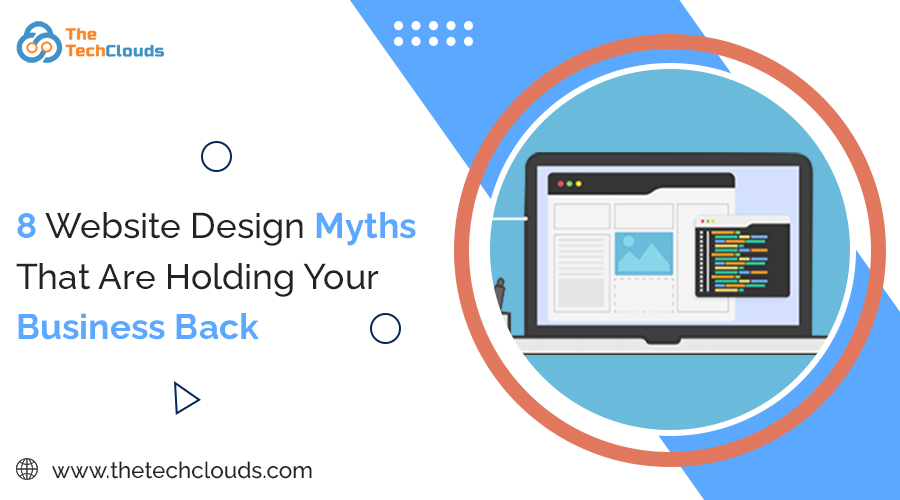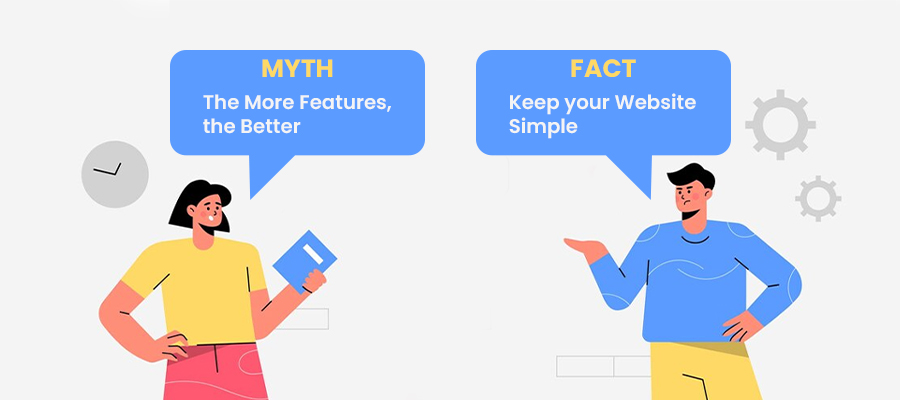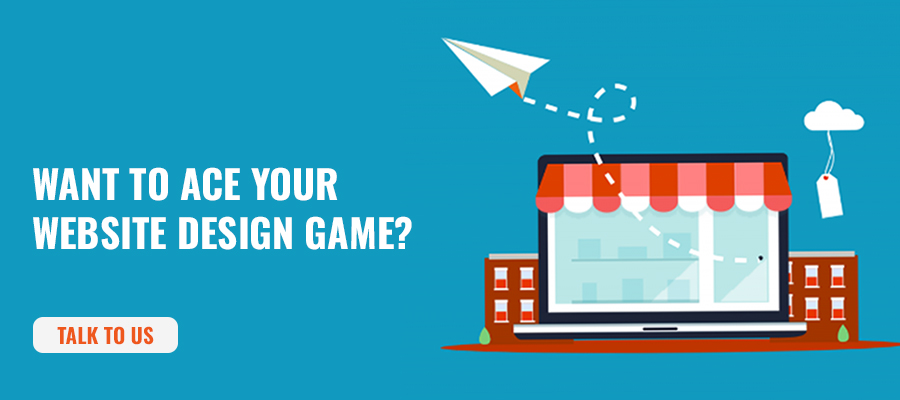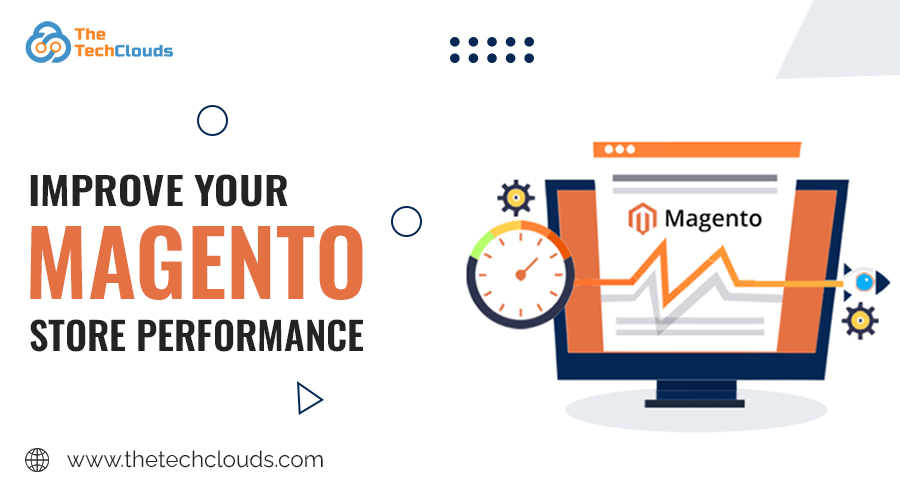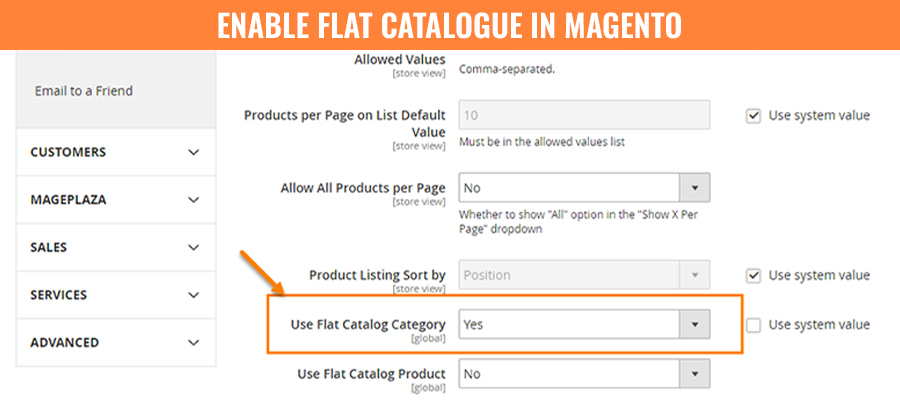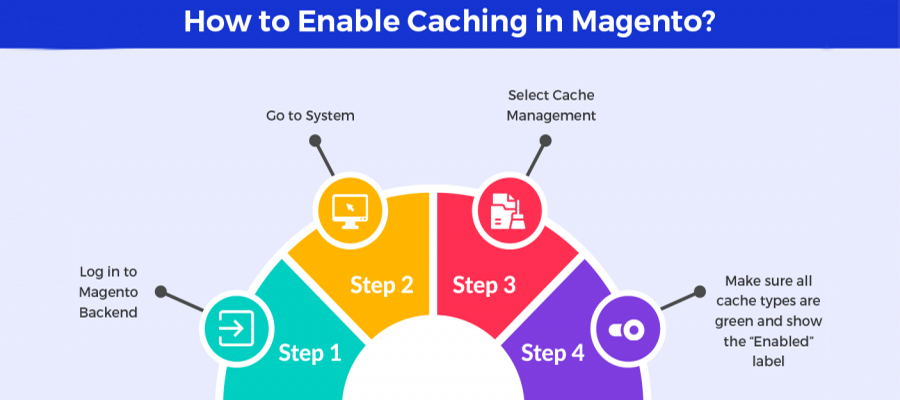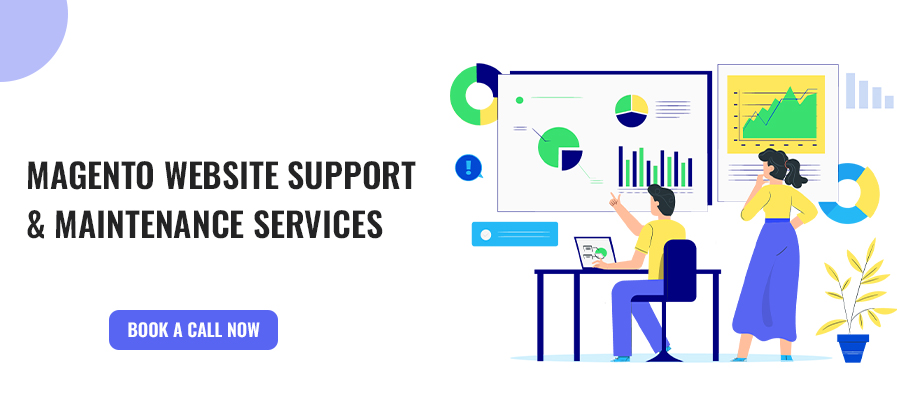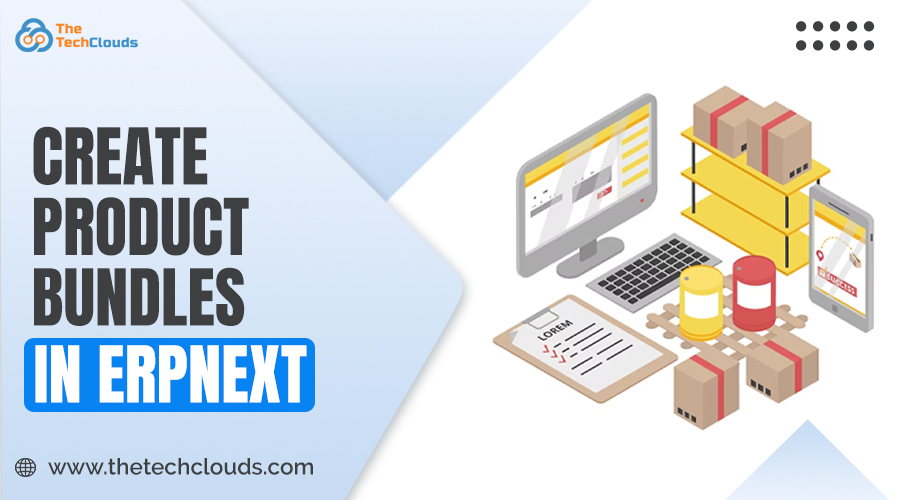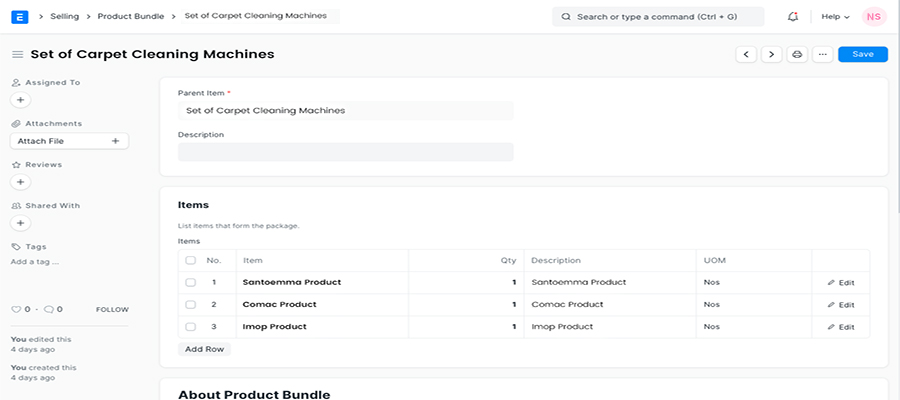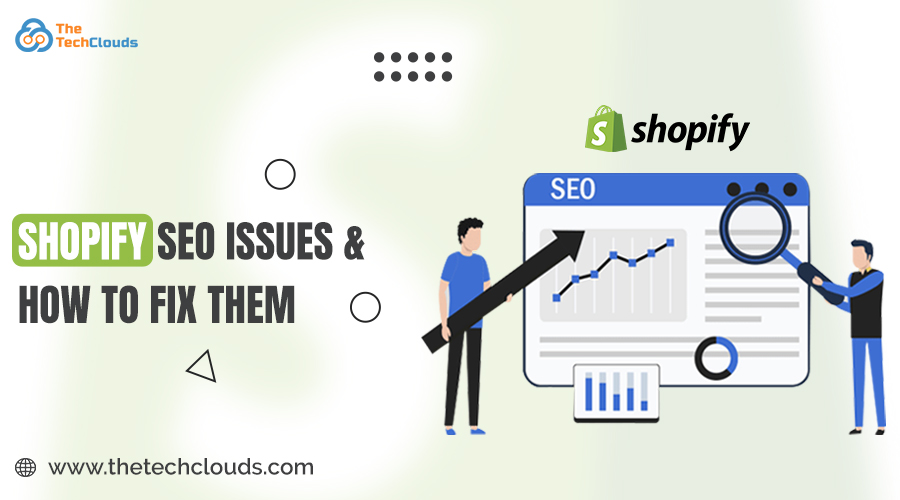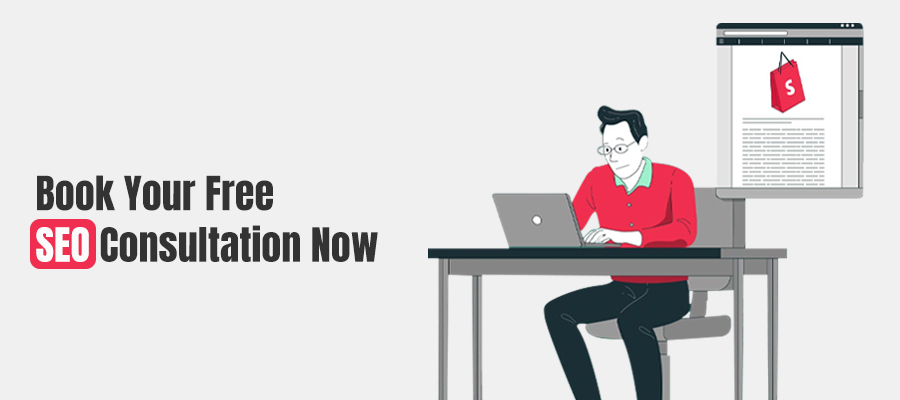WordPress has emerged as one of the most powerful CMS and website development platforms. Data shows 43.2 % of live websites across the internet use WordPress and WordPress holds a 63.3% share of the global CMS market.
The reasons behind the massive success of WordPress are its ease of use, intuitive interface, and robust content management system.
You need professional assistance if you own a WordPress site or plan to have one. Should you hire a WordPress designer or Developer Who can provide better help to your business website?
In this blog post, we will explore the comparison between WordPress designers and WordPress developers. Hope this will help you to understand WordPress designer vs Developer.
WordPress Designer Vs Developer: All You Need To Know
What is a WordPress Designer?
WordPress designer will be the creative mind behind the aesthetics and user experience of your WordPress site. WordPress designers will create visuals of your website by:
– Selecting the theme
– Designing website layouts
– Selecting colour themes and typography
– Creating graphics, images, and branding elements like logo
– Styling Widgets and CSS
In other words, WordPress designers will take care of the front-end elements of your WordPress website. They have expertise in coding languages like HTML, CSS, JavaScript, etc. Their specialized knowledge in site designing will allow you to outperform your competitors with a unique website.
Also Read: How to optimize images for wordpress?
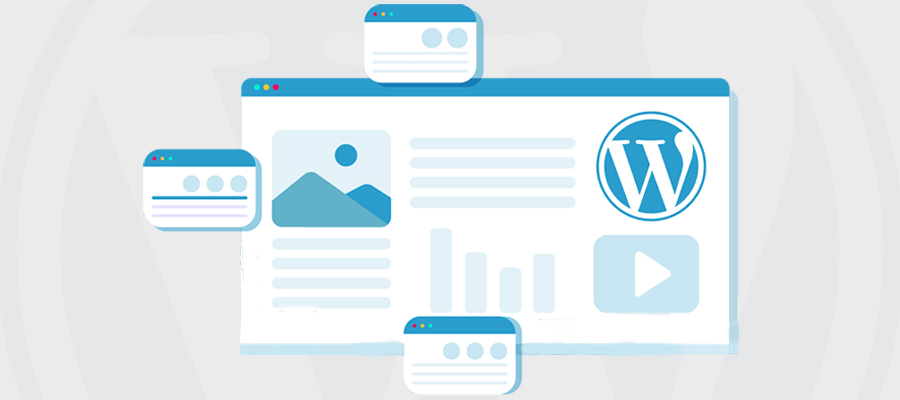
What is a WordPress Developer?
WordPress developer will take care of your WordPress site’s performance and functionality. They will manage and maintain the host server to optimize your site performance. Some of the core activities of a WordPress developer are:
– Theme development or modification
– Plugins customization or development
– Site’s database management
– Code customization
– Third-party integration
– Performance optimization
In other words, WordPress developers will manage all functionalities of your website and extend its capabilities. They will build a WordPress site that supports your company’s growth and meets its needs.
When To Hire A WordPress Designer?
Hire a WordPress designer if:
Your company needs a visual identity
WordPress designers will create a visually appealing and consistent brand identity for your website. Whether you’re redesigning your existing website or establishing a unique site, it will make your site stand out from the crowd.
You Want to Enhance Your Site UX
UX is important to improve the user journey on your WordPress site. WordPress designers create maximum impact in the overall design with their professional expertise and insights.
You Need a Highly Responsive Design
In the era of mobile-first indexing, having a mobile friendly WordPress site has become crucial now. WordPress designers can help you create a mobile-friendly, custom site.
When To Hire A WordPress Developer?
Hire a WordPress developer if:
You Need a Custom Functionality Website
Hire a WordPress developer if you want to add custom functionalities to your website. Or, need immediate help to extend your website’s capabilities to handle enhanced traffic.
You Want to Optimize Your Website Performance
If your websites are slowing down or experiencing lag, a WordPress website developer will help to optimize your website performance.
WordPress developers will also mitigate your website’s security concerns. They will build a customized website that will meet your website goal in every aspect.
WordPress Designer Vs. WordPress Developer: Final Verdict
WordPress designers and WordPress developers offer distinct services, but their goals are the same. They want to make your WordPress site unique and most relevant to your requirements. Their collaboration brings your vision of the best WordPress site to life.
It is best to hire an wordpress development agency that offers both design and development services for WordPress. They will be able to provide you with the best help for your business.

Need a WordPress Site That excels in both Design and development?
Book a free consultation with The Tech Clouds team now!

